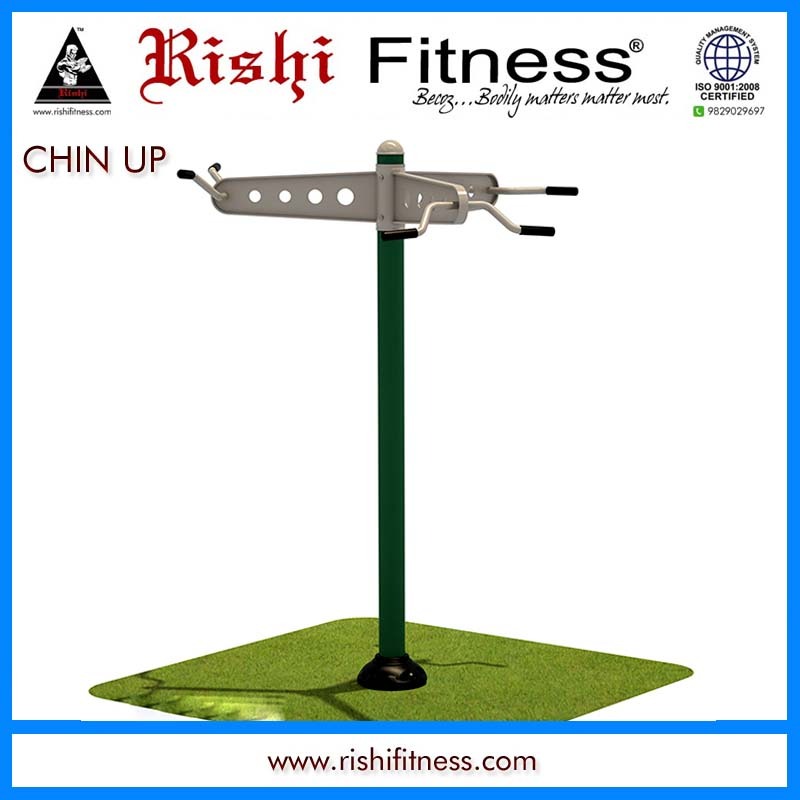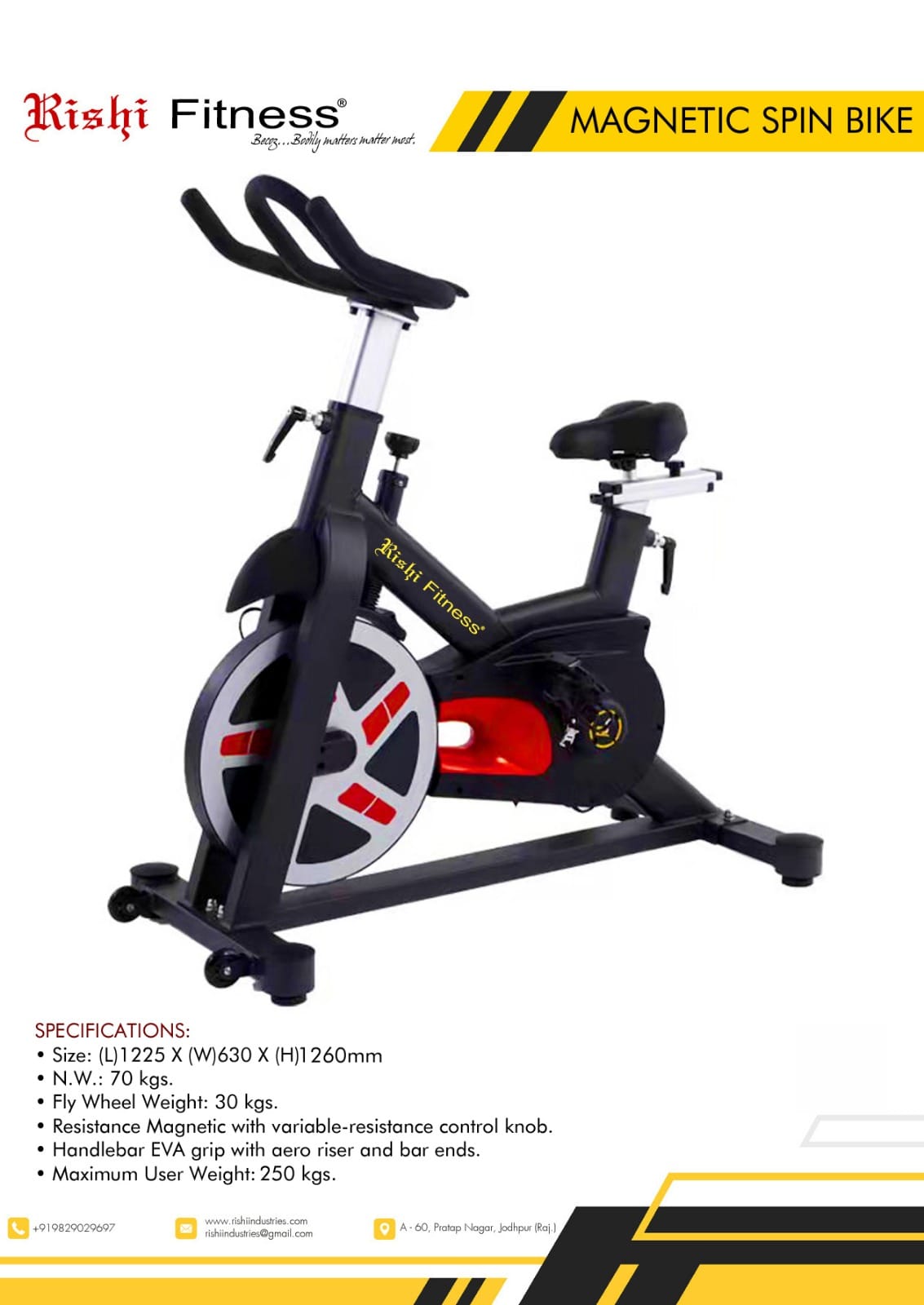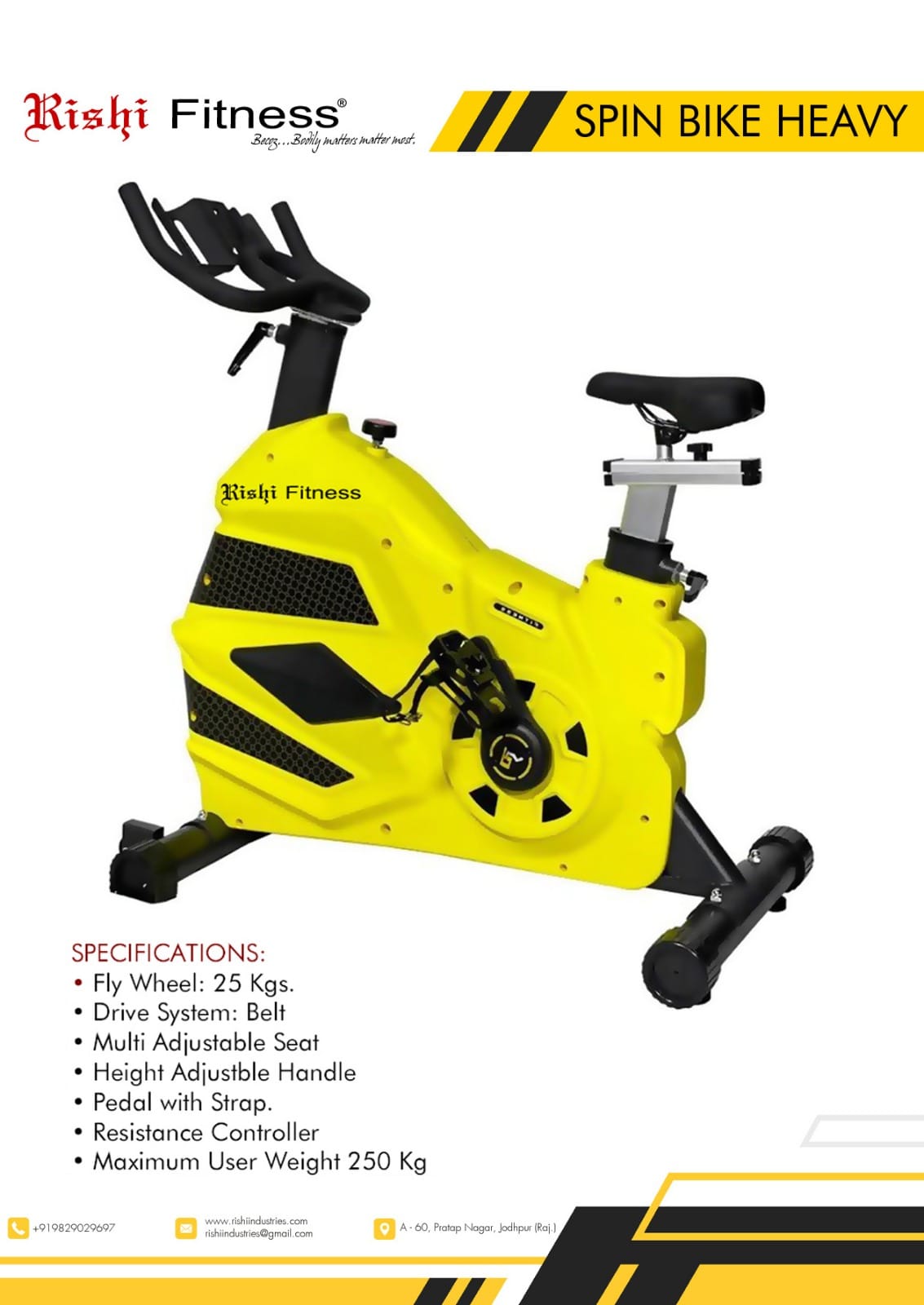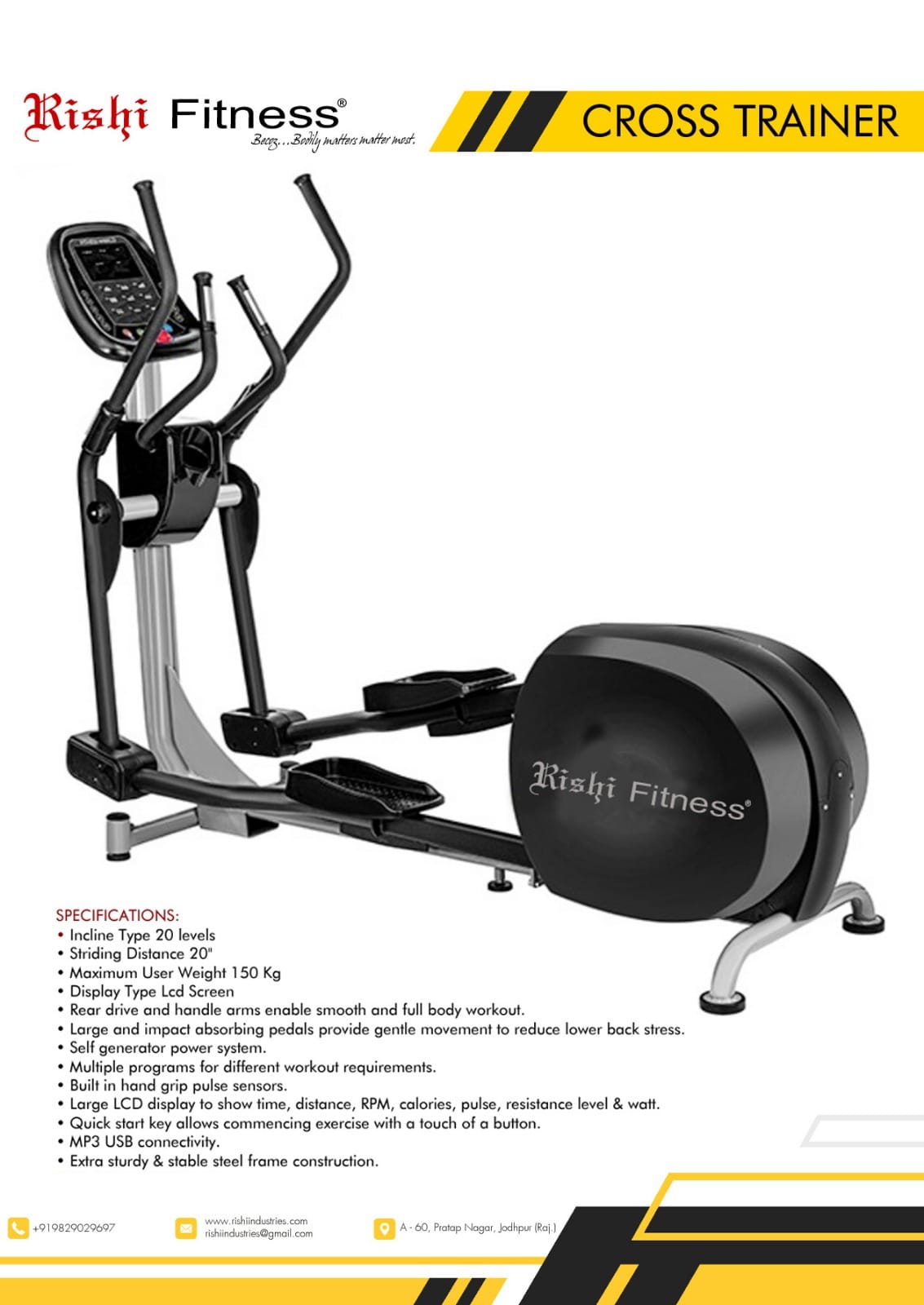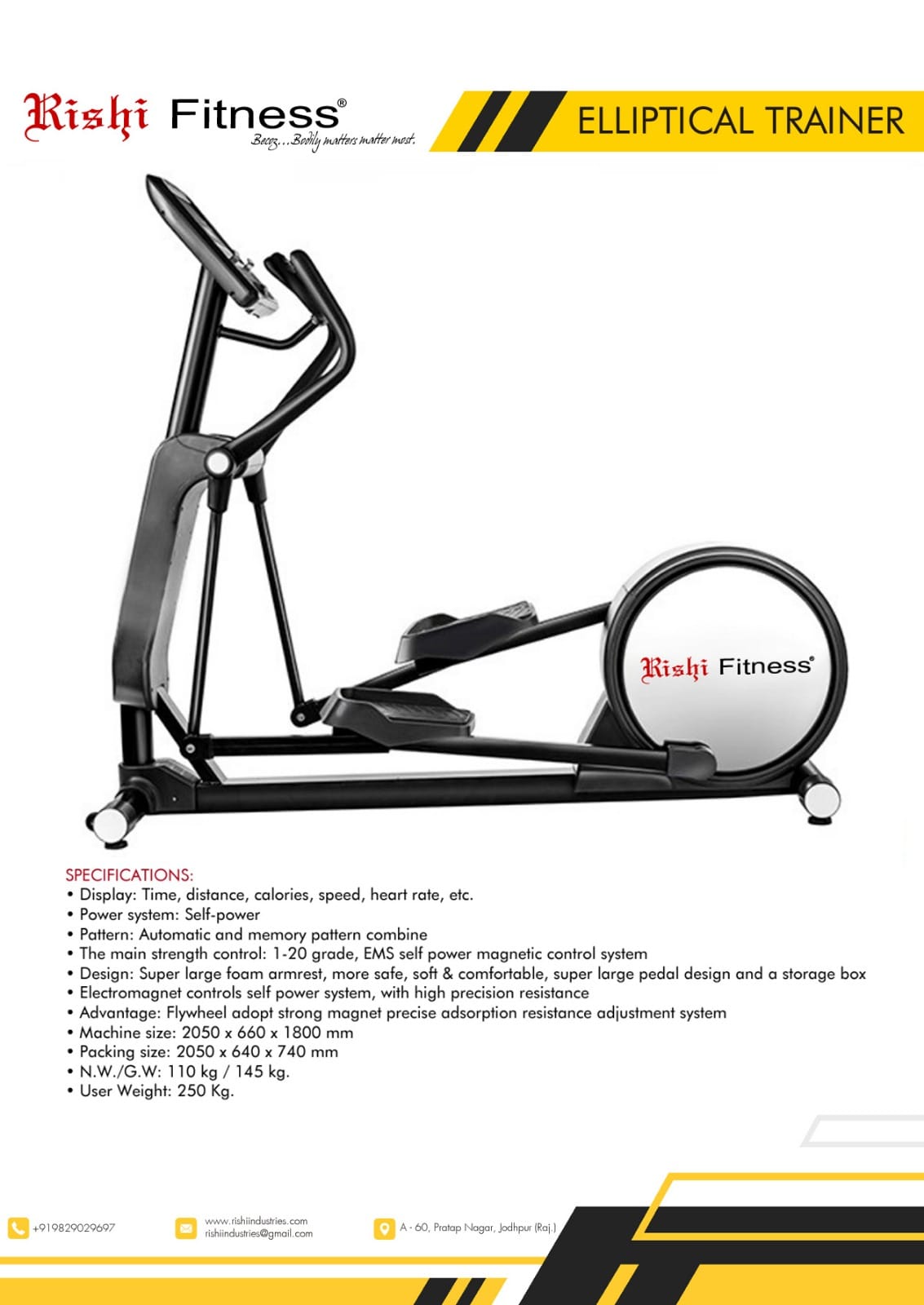Description
Product details
A Chin-Up is a type of bodyweight exercise that primarily targets the upper body muscles, specifically the biceps and back. Chin-ups are a form of vertical pulling movement where the individual pulls themselves up towards a horizontal bar, with their palms facing towards them (supine grip). How to Perform a Chin-Up: Grip the Bar: Grab the bar with your palms facing toward you (supine grip), and your hands should be about shoulder-width apart. Your arms should be fully extended, with your feet off the ground. Engage Your Core: Before pulling yourself up, engage your core by tightening your abdominal muscles. This will help with overall stability and prevent swinging. You can cross your legs behind you or keep your knees bent to avoid unnecessary swinging. Pull Yourself Up: Begin by pulling your body upward by bending your elbows, keeping them close to your body. As you pull, focus on engaging your biceps (front of the upper arm) and lat muscles (upper back) to move your body upward. Aim to bring your chin above the bar, and keep your chest lifted as you pull. Lower Yourself Down: Once your chin has passed above the bar, slowly lower yourself back down to the starting position with your arms fully extended. Ensure you control the descent to engage your muscles fully and avoid dropping too quickly. Repeat: Perform as many repetitions as possible, maintaining good form throughout. Muscles Targeted: Biceps (front of the arm): The supine grip (palms facing you) activates the biceps more than other types of pull-ups or lat pulldowns. Latissimus Dorsi (Lats): These are the large muscles in the back that are activated during the pulling motion. Rhomboids and Trapezius: These muscles in the upper back help with scapular retraction and overall back strength. Forearms: Your forearm muscles will also be engaged due to the grip required to hold the bar. Core: Your core muscles will work to stabilize your body and prevent swinging. Benefits of Chin-Ups: Upper Body Strength: Chin-ups are an excellent exercise for building upper body strength, especially in the arms, shoulders, and back. Functional Fitness: As a bodyweight exercise, chin-ups help with functional strength, improving your ability to perform tasks that require upper body strength, such as lifting and pulling. Core Activation: Since you must stabilize your body to avoid swinging, chin-ups engage your core muscles, leading to improved core strength. Muscle Endurance: Performing multiple repetitions helps build muscular endurance, which is important for improving overall athletic performance. Improved Posture: Strengthening the back muscles through chin-ups can contribute to better posture, reducing slouching and promoting a more upright stance. No Equipment (if you have a bar): Chin-ups require minimal equipment. As long as you have a sturdy pull-up bar, you can perform them almost anywhere. Chin-Up Variations: If you're looking to increase the challenge or target different muscle groups, you can experiment with various variations: Wide-Grip Chin-Up: Widen your hands on the bar to target the upper back and shoulders more. Close-Grip Chin-Up: Bringing your hands closer together will focus more on the biceps. Weighted Chin-Up: Add weight (via a weight belt or vest) to increase the intensity and build more muscle mass. Negative Chin-Up: Focus on the eccentric (lowering) phase. Jump or use assistance to get above the bar, then lower yourself slowly. This is a good option for beginners who need to build strength. Assisted Chin-Up: Use a resistance band or chin-up assist machine to help support part of your body weight, making it easier to complete chin-ups. Chin-Up to Chest: Pull yourself higher than usual so that your chest touches the bar (this variation requires more effort from the lats and biceps). Tips for Improving Chin-Ups: Start with Assisted Chin-Ups: If you're a beginner, start by using resistance bands, an assistive machine, or a partner to help you perform the movement with proper form. Focus on Form: Always prioritize good form over the number of reps. Avoid jerky movements or excessive swinging. Engage your core and keep your movements controlled. Gradually Increase Reps: Set a goal to increase the number of reps over time. If you're unable to do a full chin-up initially, you can work on doing negative chin-ups or assisted versions. Work on Grip Strength: If you struggle with holding onto the bar, improve your grip strength through exercises like farmer's walks or dead hangs. Progress to Pull-Ups: Once you become proficient with chin-ups, you can work towards more challenging variations like pull-ups (with a pronated or overhand grip) to further build upper body strength. Conclusion: Chin-ups are a highly effective exercise for strengthening the upper body, particularly the biceps, back, and forearms.


